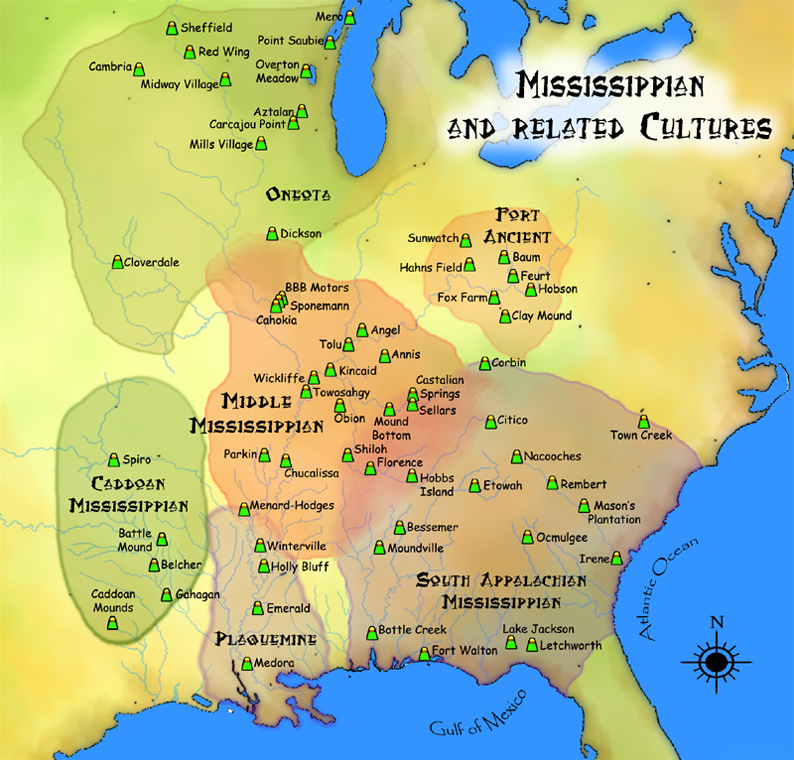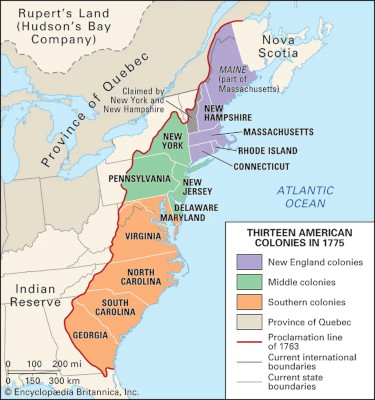The First People
- Read more about The First People
- Log in or register to post comments
 In 1492, seventy-five million people lived in the Americas, north and south. The people of Cahokia, the biggest city in North America, on the Mississippi floodplains, had built giant plazas and earthen mounds, some bigger than the Egyptian pyramids. In about 1000 AD, before Cahokia was abandoned, more than ten thousand people lived there. The Aztecs, Incas, and Maya, vast and ancient civilizations, built monumental cities and kept careful records and calendars of exquisite accuracy. The Aztec city of Tenochtitlan, founded in 1325, had a population of at least a quarter-million people, making
In 1492, seventy-five million people lived in the Americas, north and south. The people of Cahokia, the biggest city in North America, on the Mississippi floodplains, had built giant plazas and earthen mounds, some bigger than the Egyptian pyramids. In about 1000 AD, before Cahokia was abandoned, more than ten thousand people lived there. The Aztecs, Incas, and Maya, vast and ancient civilizations, built monumental cities and kept careful records and calendars of exquisite accuracy. The Aztec city of Tenochtitlan, founded in 1325, had a population of at least a quarter-million people, making

 The Louisiana Purchase (1803) extended United States sovereignty across the Mississippi River, nearly doubling the nominal size of the country. The purchase included land from fifteen present
The Louisiana Purchase (1803) extended United States sovereignty across the Mississippi River, nearly doubling the nominal size of the country. The purchase included land from fifteen present 